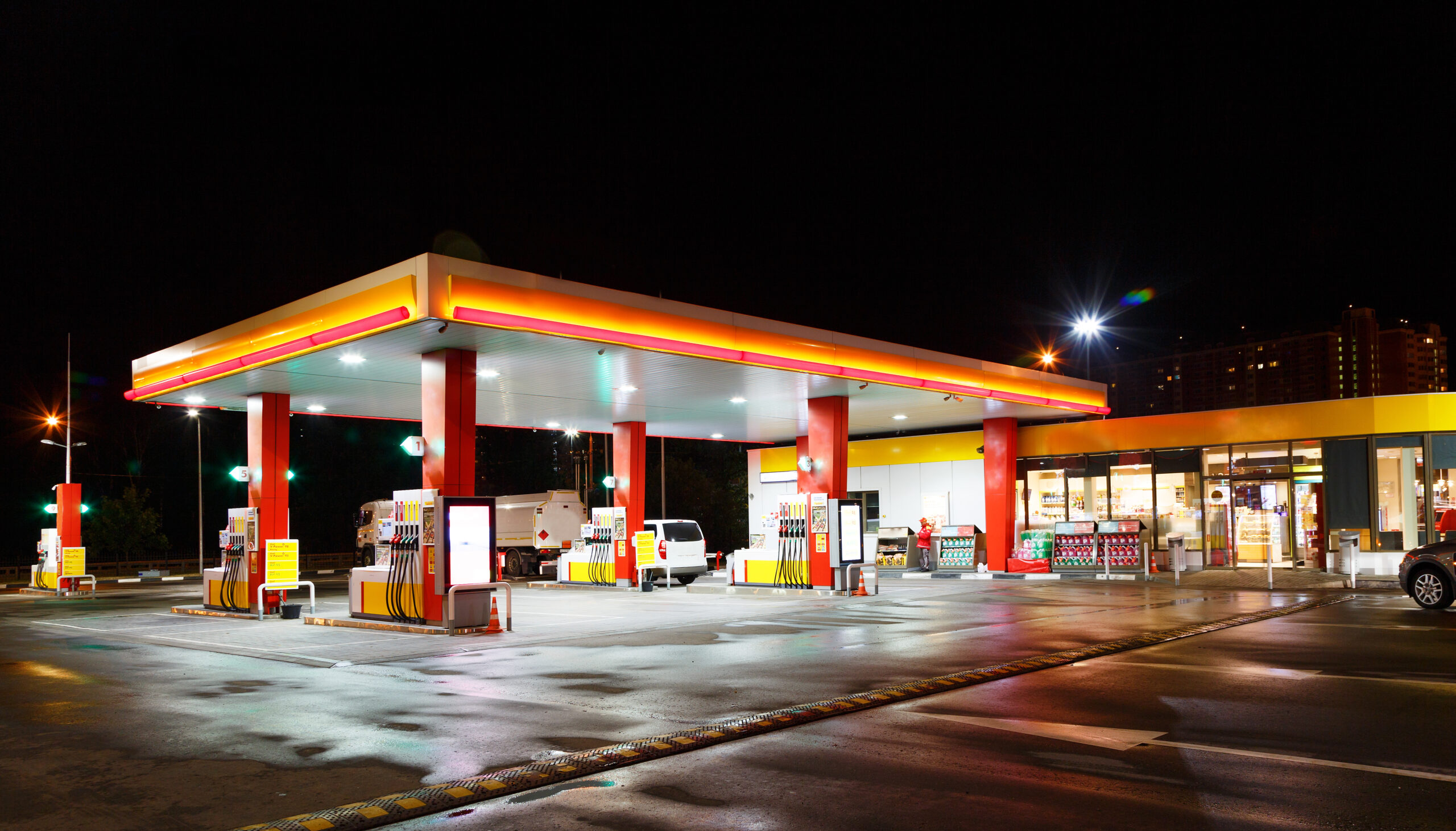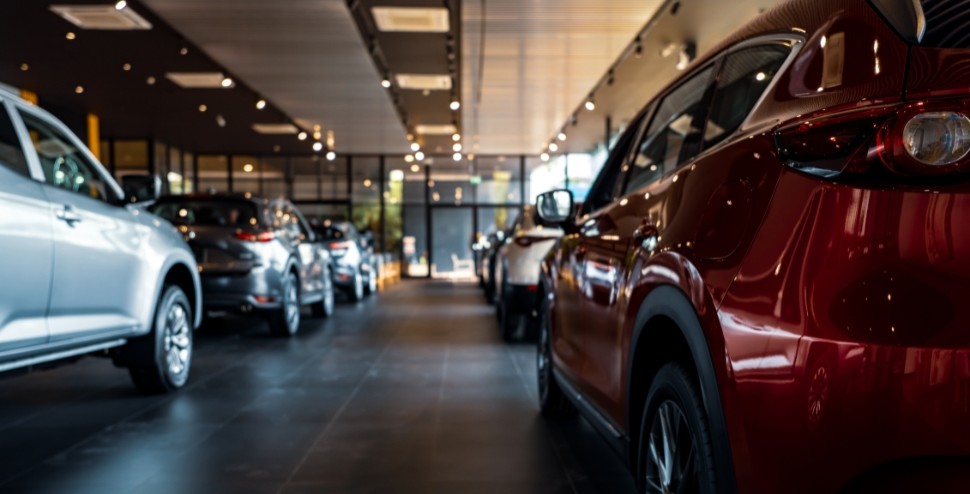
Published by Forecourt Trader (30.07.23)
The Competition and Markets Authority (CMA) recently accused supermarkets of increasing their fuel margins by 6p a litre between 2019 and 2022. This reflects both Covid and the invasion of Ukraine – both of which had major effects on demand and supply.
Now the CMA is planning to force fuel retailers to live publish their prices in an attempt to promote competition between sites. In recent months we have already seen supermarkets be less price competitive than previously with Asda and Morrisons in particular being much less ruthless in the pricing, possibly reflecting policies from their new owners.
As Automotive experts with a wide array of petrol station and supermarket clients, we believe the CMA would do much better to provide live pricing updates over a sustained period of time. Customers need to be aware of fluctuations in pricing and operators in this sector would be more fairly represented rather than a pricing snapshot taken randomly where responses may have only kicked in for some not others. After all, data is meant to tell a story and freezing figures at one point in time would be taken out of context. Rapleys will be calling on the CMA to consider this as part of their plans.
Either way, it will wait to be seen if price transparency will have a marked effect. Whilst price is often the most important factor in choice of petrol station (a recent survey in the US by marketforce revealed that 77% of purchasers listed price as key component on where they purchased fuel) we will still see other factors such as ease of access and quality/branding of the site making a difference.
Given the relatively small price differences on fuel, it’s unlikely to be efficient for most drivers to visit a petrol station in the next town over to fill up for 1p a litre cheaper fuel.
However, with good margins being made on fuel and reduced competition from the supermarkets we have seen some independent operators thrive, and indeed by utilising a competitive pricing strategy, one of our clients has tripled his annual litre-age on his site. This had fed through to a dramatic improvement in shop sales with overall a greater turnover.
As the value of a petrol station is intransigently linked to profitability, higher margins and less pressure from supermarkets on fuel sales has led to most operators seeing a higher value for their petrol station – even if they are not selling more in actual fuel. How long this increase in value will depend on the site itself, how long margin remains, and how the economy, as a whole, performs.
With the increase in interest rates there will be an additional cost of borrowing to purchase a site but while there is currently strong demand it’s a good time to consider selling sites and we may see a number of these recent high performers cashing in while the going is good.
Related news
Rising business rates and the car showroom sector
Nik Moore, Head of Business Rates at Rapleys, said: “The publication of the 2026 Rating List for England and Wales has highlighted a total rateable value rise for car showrooms of £210m, a rise of 39% from the last List in 2023.









